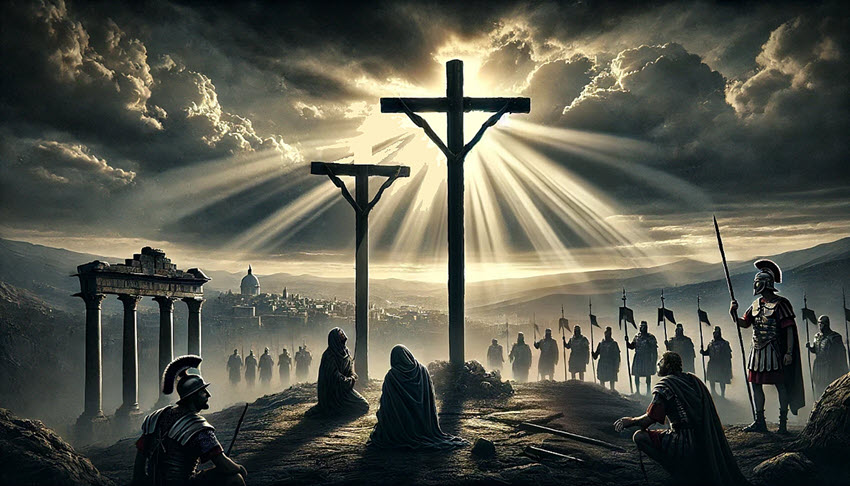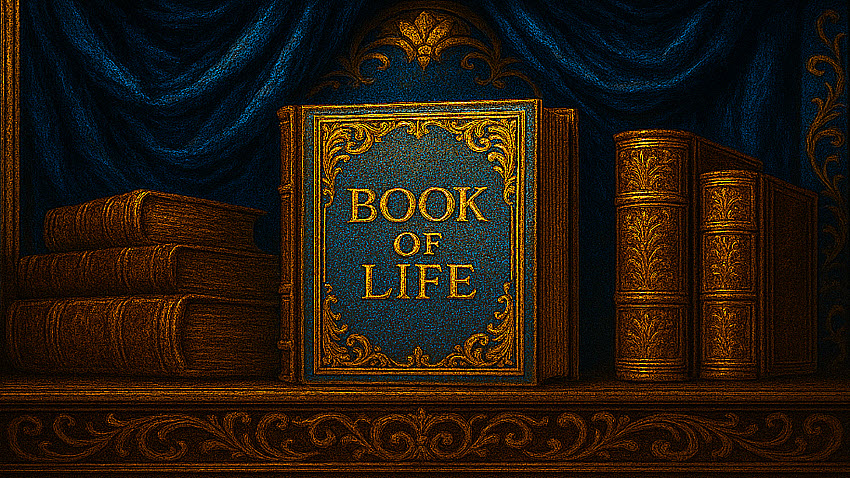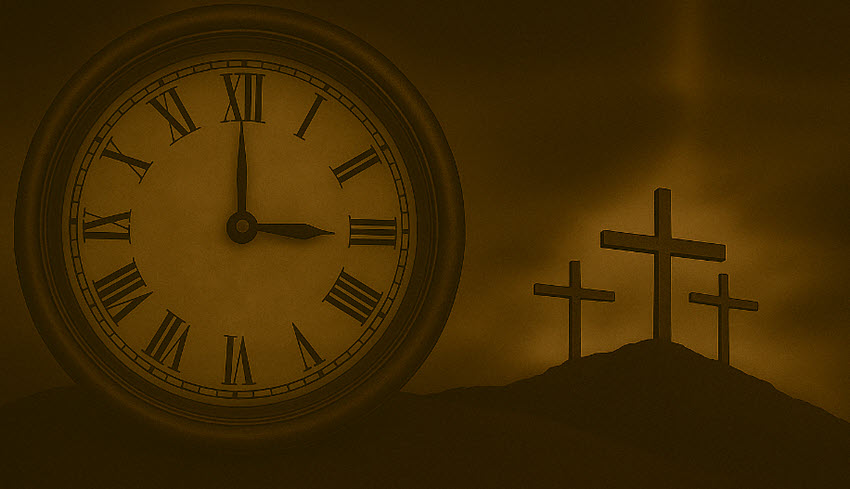Christ was killed on the cross. Most often, we imagine the cross as the one from the Catholic religion, as the one shown in paintings, which was promoted by the world. However, in those times there were different shapes of the tool that we call: cross.
The most popular form is the so-called Latin cross in the shape of „†”.
Let’s see the types of crosses in Roman times, on which people were murdered:
• Latin cross in the shape of „†”,
• cross in the shape of the letter T,
• cross as: a single vertical stake („I”),
• cross in the shape of the letter X.
“And when they came to a place called Golgotha, which means Place of the Skull, they gave Him wine mixed with gall / sour wine / bitter herbs to drink; and having tasted it, He would not drink it. And having crucified (4717) Him…” – Matthew 27:33-35.
„But standing by the cross (4716) of Yeshu were His mother, and His mother’s sister, Mary (Mariam in Greek, wife of Clopas), and Mary Magdalene.” – John 19:25.
Was the cross in the shape of a stake?
„And as they led Him away, they seized a certain Simon of Cyrene, who was coming from the field, and they laid the cross on him (4716), so that he would carry it behind Yeshu.” – Luke 23:26
We have a similar message with the word cross-4716: in Matthew 27:32 – in Mark 15:21 and in John 19:17.
The word cross/staurós with the number 4716 means:
Biblehub Dictionary:
• 4716 staurós – the crossbar of the Roman cross; a crossbeam (Latin patibulum) placed at the top of a vertical element, creating a capital letter „T”.
• a standing pole, hence the cross (Roman instrument of crucifixion).
• a stake or post (set vertically), a pole or cross (as an instrument of capital punishment).
Strong’s Paper Dictionary:
• an instrument for inflicting the most cruel and shameful death,
• also a straight stake, especially sharpened at the top used as an element of fences and palisades.
Note that dictionaries present the cross to us as: a pole, a stake, a crossbeam.
The following verses point to: tree, pole, but also to: crossbeam and timber.
„And He Himself bore our sins in His body on the tree/wood/stake/club/log (a piece of wood used to support the crossbeam in crucifixion), so that, having died to sins, we might live for righteousness. By His wounds you have been healed.” – 1 Peter 2:24
„The God of our fathers raised up Yeshu, Whom you put to death by hanging on a tree/stick/crossbeam/log (3586).” – Acts 5:30
Similar verses are found in: Galatians 3:13, Acts 10:39, Acts 13:29. The word 3586 is compared to both the cross of Christ and to a tree:
„He who has ears, let him hear what the Spirit says (proclaims) to the assemblies (congregations, churches). To the one who overcomes, I will give to eat from the tree (3586) of life, which is in the paradise of God.” – Revelation 2:7
The word 3586 may indicate the shape of the cross as: stake, pole, but also the type of cross: wood, i.e. the material from which the cross was made. We may also have a description of only the crossbeam as a cross, because the basic beam was already mounted at the crime scene.
Were there two beams?
„The other disciples therefore said to him, 'We have seen the Lord.’ But he said to them, ’Unless I see in His hands the mark of the nails(plural form), and put my finger into the mark of the nails (plural form), and put my hand into His side — I will never believe.'” – John 20:25
The verse indicates that the hands were pierced with nails. This could have happened on any type of cross. The word „nails” is plural and suggests piercing one hand with at least one nail and the other hand with another. This situation could even happen on a stake, because the hands could have been pierced with, for example, two nails.
„And they placed above His head the written charge against Him: This is Yeshu, the King of the Judeans.” – Matthew 27:37
The phrase „they also placed over His head” suggests spreading His hands out to the sides. If Christ had been killed on a stake, the hands would have been above his head, hanging upward. Then the inscription would be: „they also placed over His hands.” In this case, of course, if Matthew were describing the death of the Son of God very precisely. Conclusion: the above verses indicate a Latin or T-shaped cross.
The sign protected against death
Let’s move on to an interesting verse from Ezekiel.
„And the glory of the God of Israel went up from the cherubim, on which it had been, to the threshold of the temple. Then YHWH called to the man clothed in linen, who had the writer’s inkhorn at his side, and said to him: 'Go through the midst of the city, through the midst of Jerusalem, and put a mark (tav-8420) on the foreheads of the men who sigh and groan over all the abominations that are committed in it.'” – Ezekiel 9:3-4
The Hebrew text uses the word „tav” (תָּו), literally meaning: „sign”, „seal”, „symbol”, or „marking”.
„Tav” is the last letter of the Hebrew alphabet (ת). In the ancient Hebrew alphabet (Paleo-Hebrew script), this letter was shaped like a cross (X or +).
This letter symbolized the sign of the cross, x, or a simple identification mark.
In ancient Israel, this sign functioned as an identification symbol, similar to a covenant sign or a seal of belonging.
What does this mean in the context of our topic?
Tav, as an identification mark, could be either a x or a cross. It was not a religious symbol.
Summary:
The Romans used various methods of crucifixion. In addition to crosses, there were also walls or roofs. In the case of Christ’s death, the most likely was: a Latin cross „†” or a cross in the shape of the letter „T”. A stake as a type of cross seems the least likely.
The Bible does not describe this topic in detail, so we do not know what shape of cross they used to kill Christ. The terms used (stauros, xylon) only indicate that it was a wooden instrument of execution. The detailed shape is a matter of historical, archaeological and Church-specific interpretation.
Perhaps the lack of specifics is God’s deliberate attempt to ensure that the cross was not an instrument of worship. Idolatry, or worshipping God through crosses, images or other representations, was and is severely punished.
I recommend reading the eighth and ninth chapters of Ezekiel. Here are some fragments:
„So I went in and looked, and behold, there were every form of creeping things and animals, abominable creatures, and all the idols of the house of Israel, engraved all around on the wall. Seventy men of the elders of the house of Israel stood before them – and among them stood Jaazaniah, the son of Shaphan – with each man having a censer in his hand, and the fragrance of the incense was rising in the cloud. And He said to me: 'Son of man, do you see what the elders of the house of Israel are doing in the dark, each in the chamber of his idols? For they say, “YHWH does not see us; YHWH has forsaken the land.”’ And He said to me: 'You will see still greater abominations that they are committing.'” – Ezekiel 8:10-13
„And to the others He said in my hearing: 'Go through the city after him and strike! Let your eyes not spare, nor have pity! Kill the old man, the young man and the maiden, the little children and the women, but do not come near anyone who has the mark. Begin at My sanctuary!’ So they began with the old men who were before the temple.” – Ezekiel 9:5-6


















Zapraszam do komentowania, wyrażania swojej opinii: